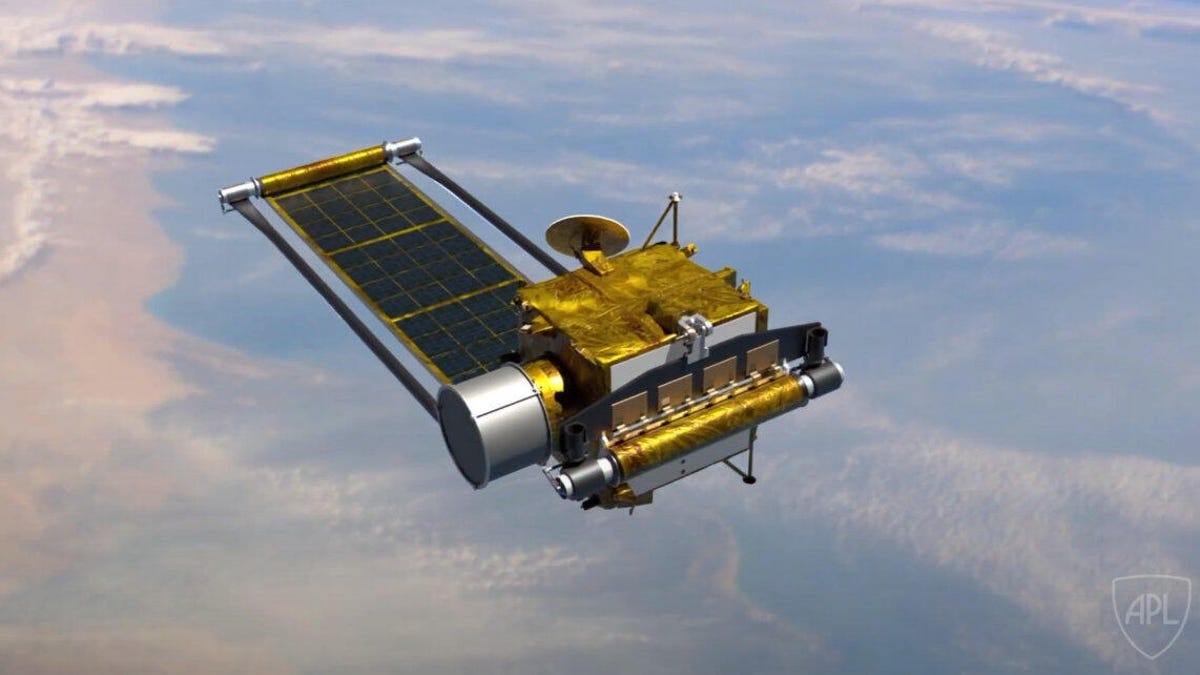See how NASA is going to bludgeon an asteroid
The Double Asteroid Redirection Test (DART) spacecraft is NASA's first flight mission for planetary defense.
It's time to start getting pumped up about smacking an asteroid.
NASA is planning to launch its Double Asteroid Redirection Test (DART) mission within a year, and the Johns Hopkins University Applied Physics Laboratory is helping out. APL released a mission video on Tuesday that shows the thrilling future journey of DART to the Didymos binary asteroid system.
Didymos isn't alone. It has a moonlet named Dimorphos, which is roughly the size of the Great Pyramid of Egypt. The DART mission involves crashing a spacecraft into Dimorphos to affect its orbit around its companion. NASA wants to see if this method could be used to nudge a dangerous asteroid away from a collision course with Earth.
The APL video is done in the style of a teaser trailer complete with a soaring soundtrack. It shows key parts of the mission, including the launch, the unrolling of the spacecraft's solar panels and the release of a small CubeSat that will witness the bigger spacecraft's sacrifice as it plows into Dimorphos.
In February, NASA announced it was targeting a secondary launch window for sending DART on its way. That window will last from Nov. 24 to Feb. 15, 2022. SpaceX will launch the mission on a Falcon 9 rocket.
If DART gets off the ground within that time frame, it should be on track to smack the moonlet in late 2022.
Follow CNET's 2021 Space Calendar to stay up to date with all the latest space news this year. You can even add it to your own Google Calendar.


